The series consists of ten episodes, each roughly 27 minutes long, and follows the multiversal adventures of the titular characters Fionna Cambell (Madeleine Martin) and Cake (Roz Ryan). Both characters first appeared in season 3, episode 9 of the original show. They come from fanfiction created by Ice King in which all of the beloved Adventure Time characters are gender-swapped. Of course, Fionna and Cake are the stand-ins for Finn and Jake. In their new series, which takes place decades after the original show, they adventure across the multiverse to save their world, joined by Simon Petrakov (Tom Kenny) who was once Ice King before being turned back into a human in the finale of Adventure Time.
One potential downside of Fionna and Cake is the low level of accessibility, and I’m not just referring to the fact that it’s a MAX exclusive. The show is made purely for Adventure Time fans. There are many instances throughout the series where a side character who only appeared in a few episodes of Adventure Time or maybe one of the Distant Lands specials, comes into the story and plays a crucial role. They do not explain most of the time and expect the audience to know this world already inside and out. So, when it comes to new fans, this isn’t a show for them. However, playing so heavily into this already existing fanbase who grew up with the original show and are now adults has yielded positive results for the Adventure Time crew. The Adventure Time fandom has had a large revival on social media and is now as passionate about the show as ever. The week-to-week discussions and excitement on social media as episodes aired are proof of this. Hopefully, this energetic response to the series will lead to more new Adventure Time projects in the future.
Adventure Time: Fionna and Cake is an all-around well-written show that brings an exciting revival to the franchise. It certainly makes up for what it lacks in pacing and certain story elements with memorable and impressively written characters. The show has grown with the audience with its TV-14 rating and more emotional, serious storytelling, making it a must-watch for any Adventure Time fan. However, if you are a little bit less versed in the Land of Ooo and the characters who inhabit it you should do some catching up before giving the show a watch.

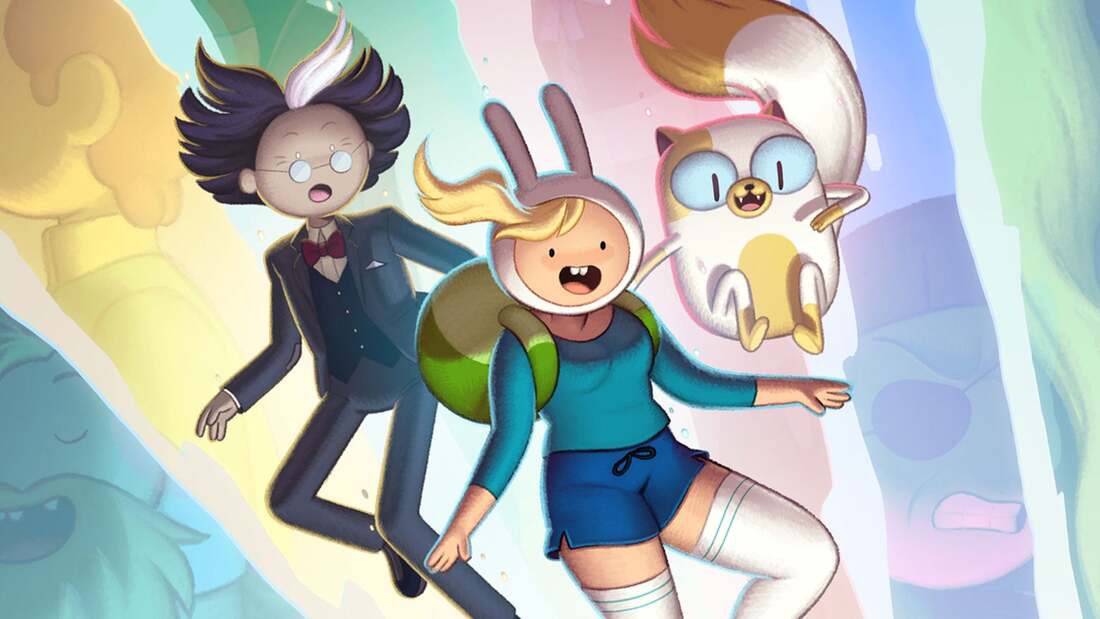
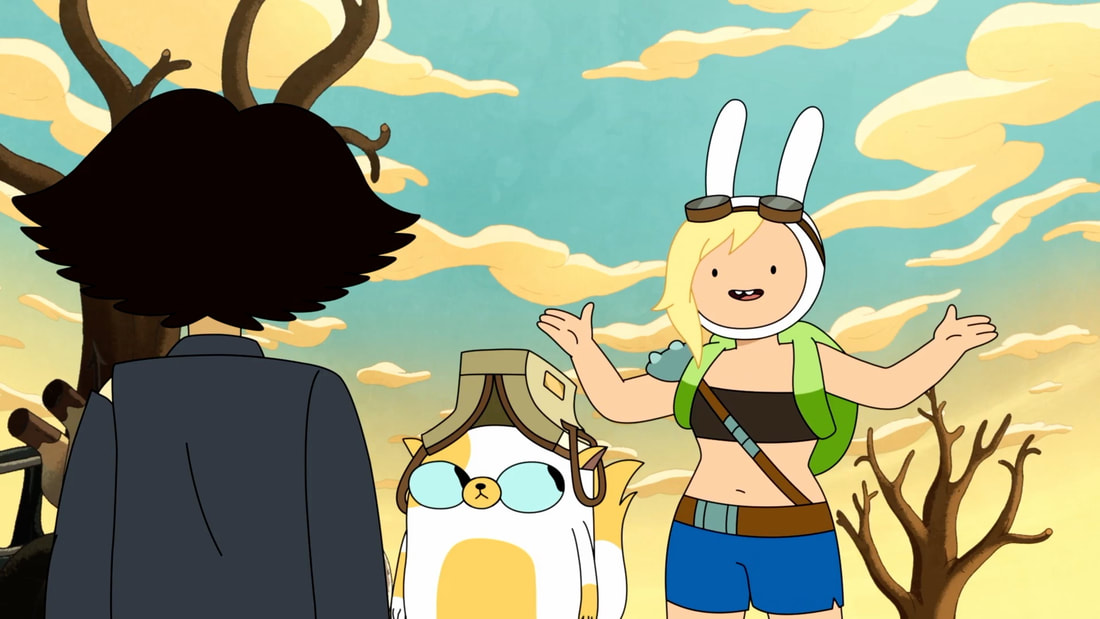
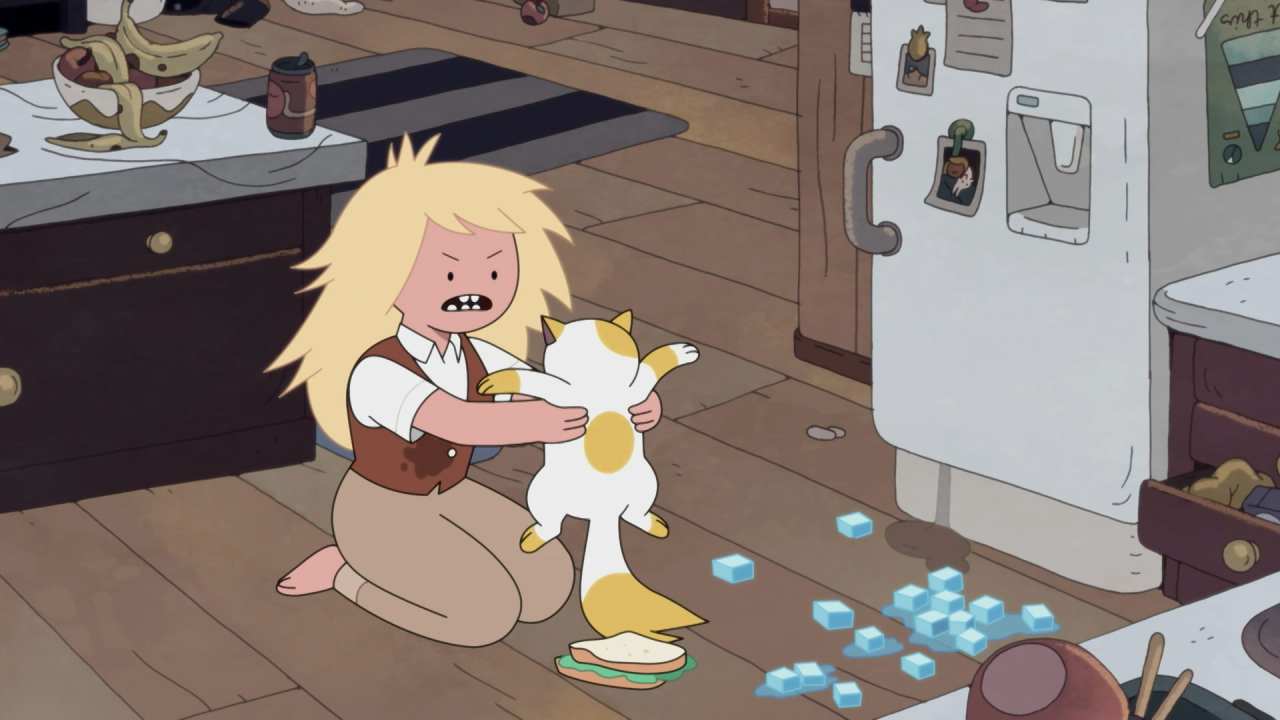
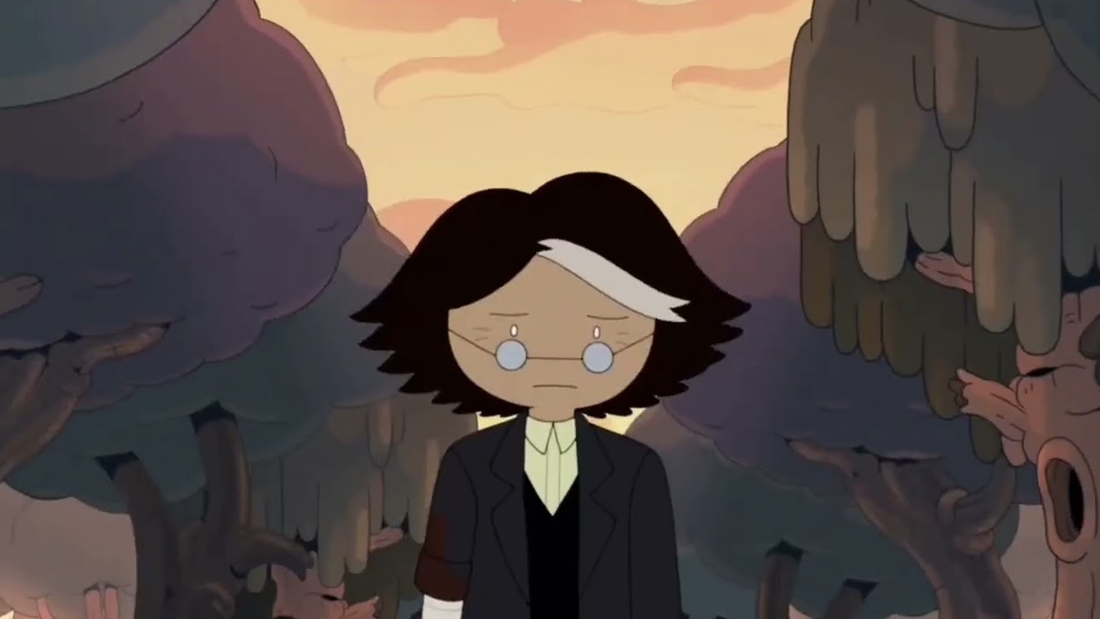
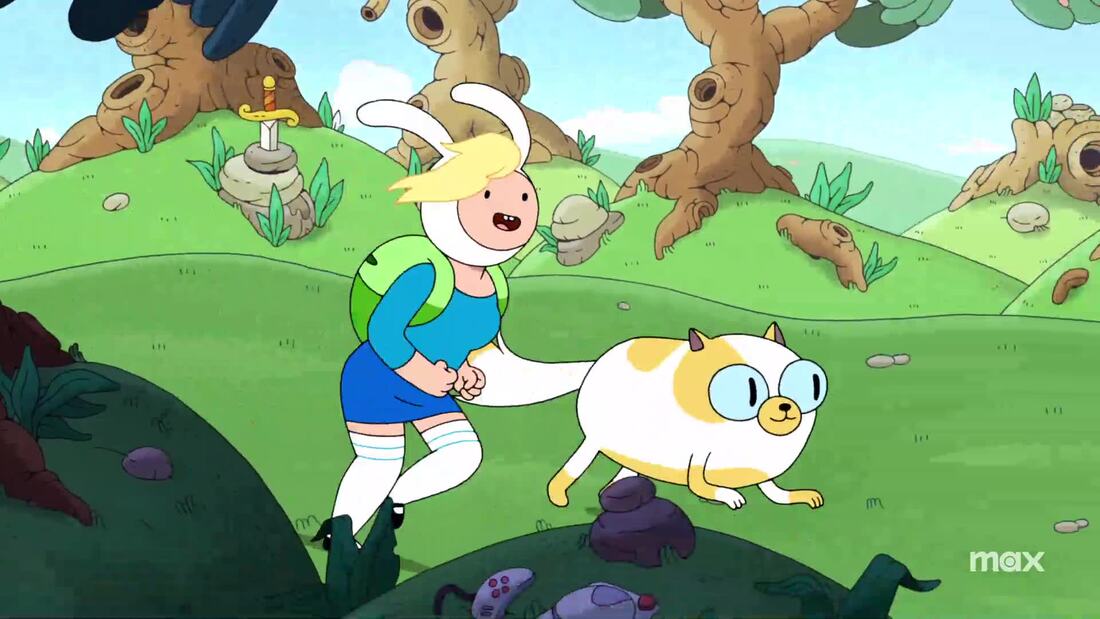
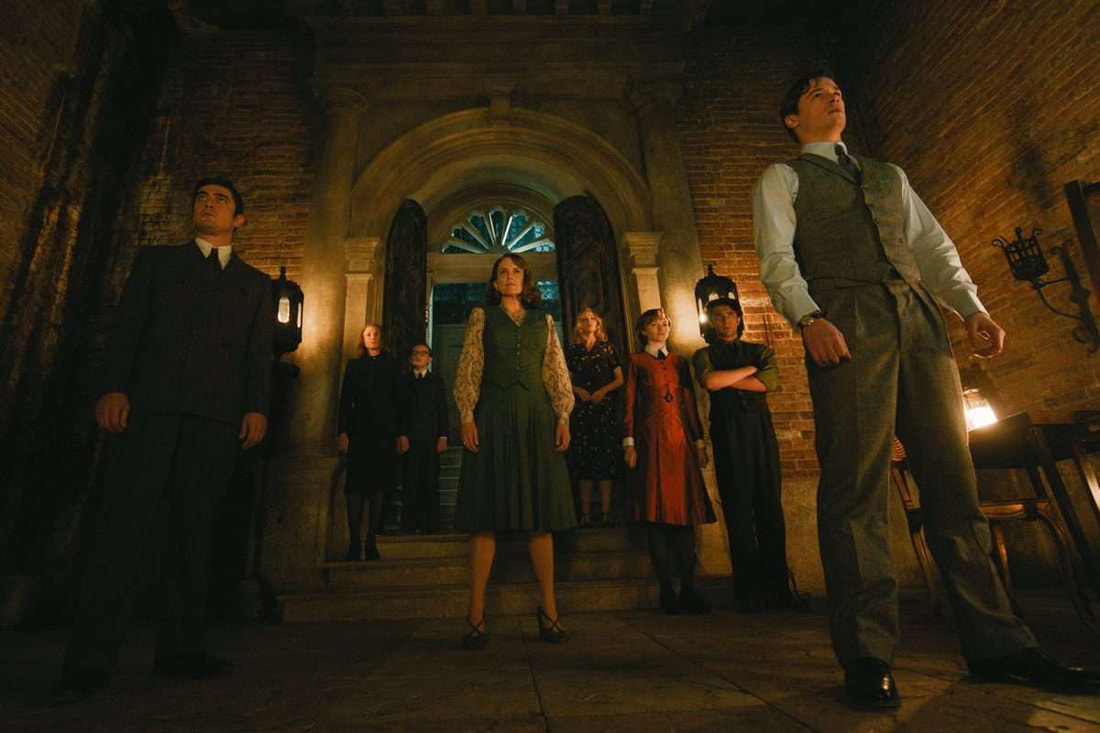
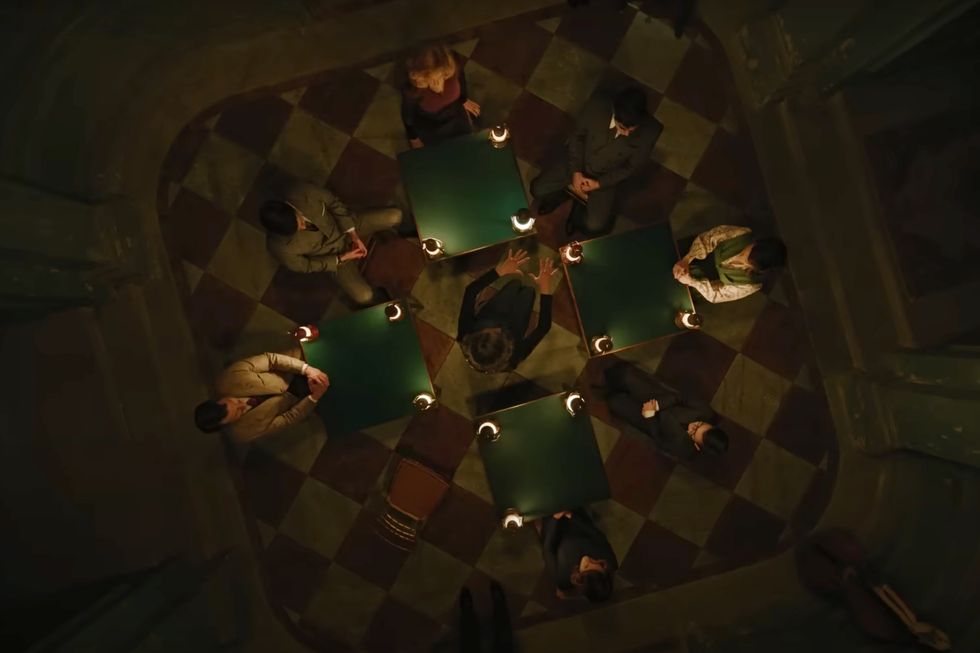
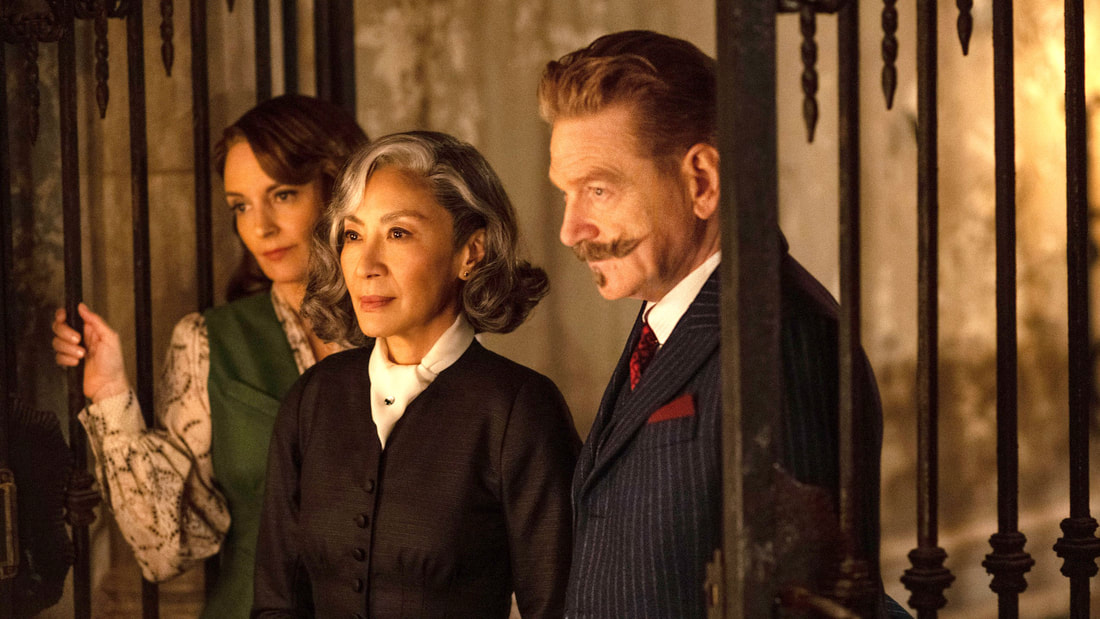
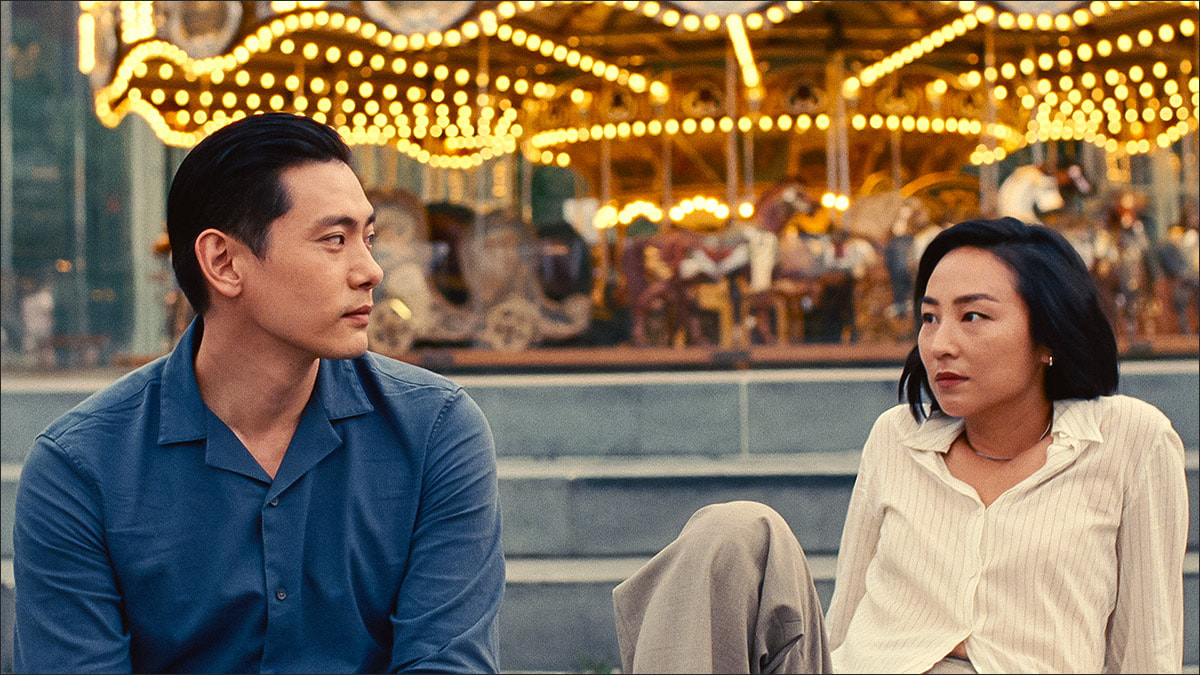
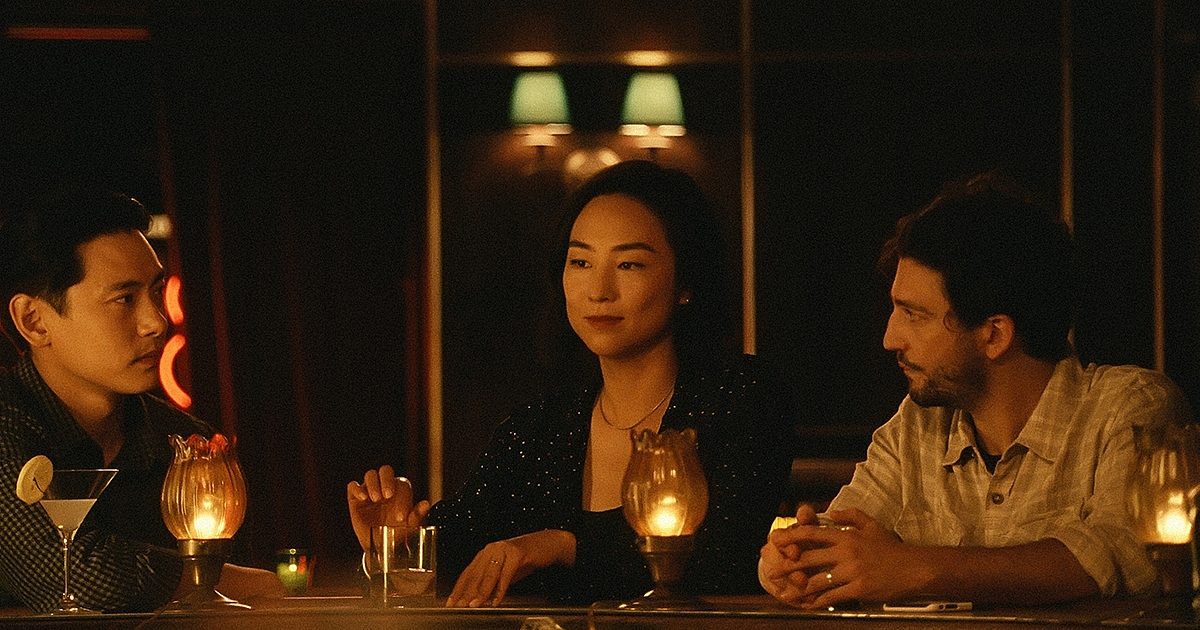


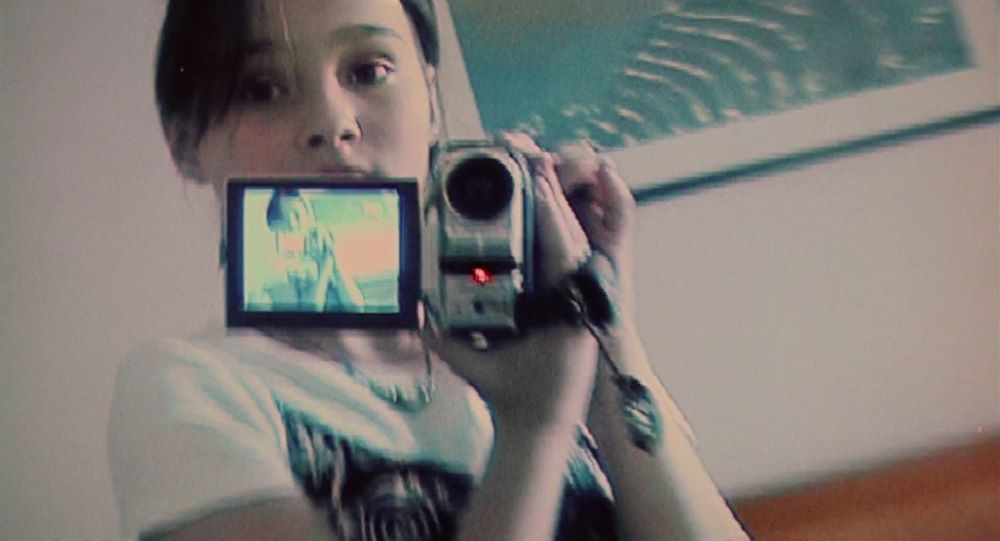
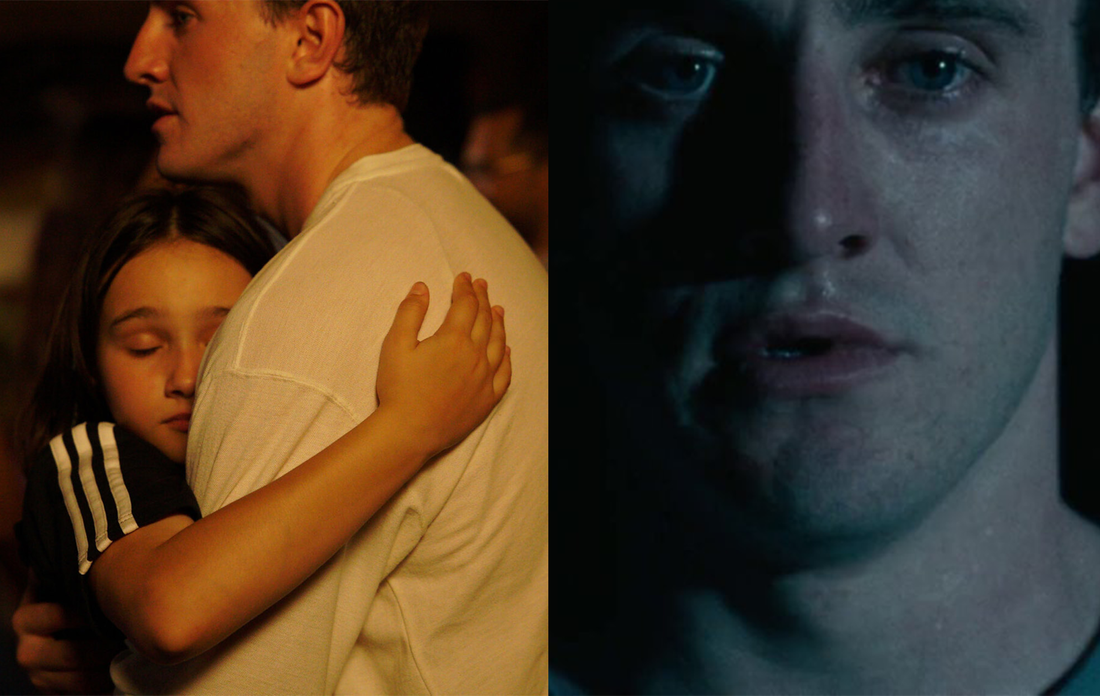
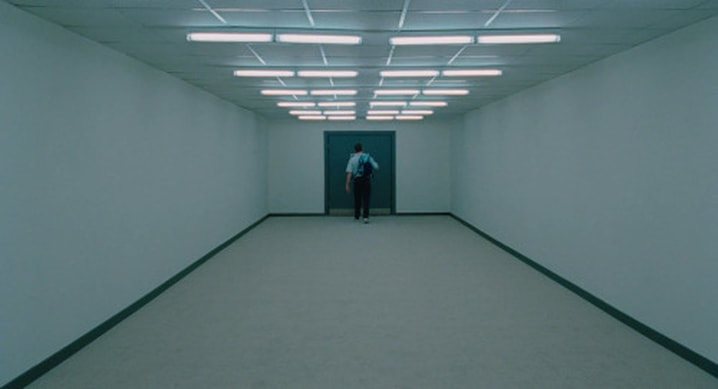
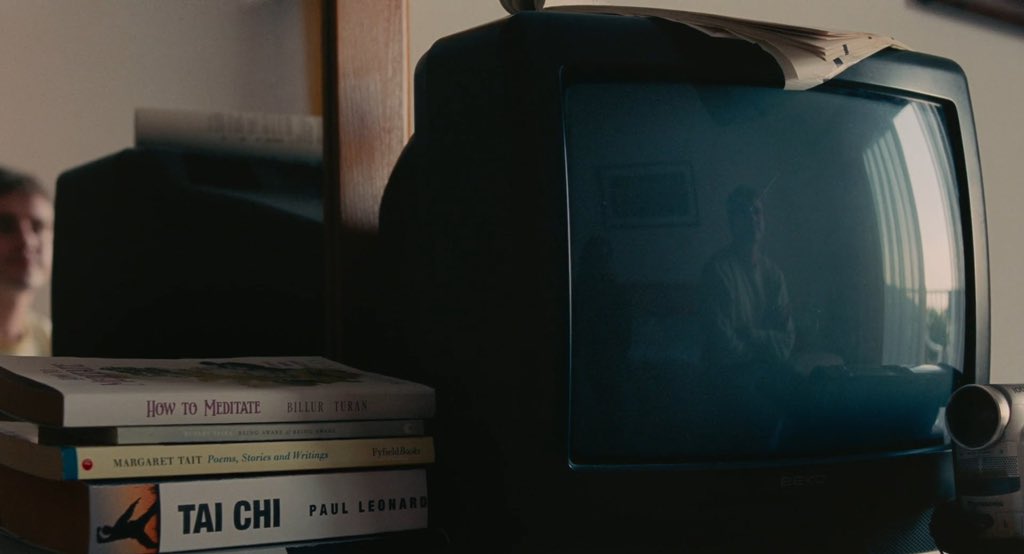

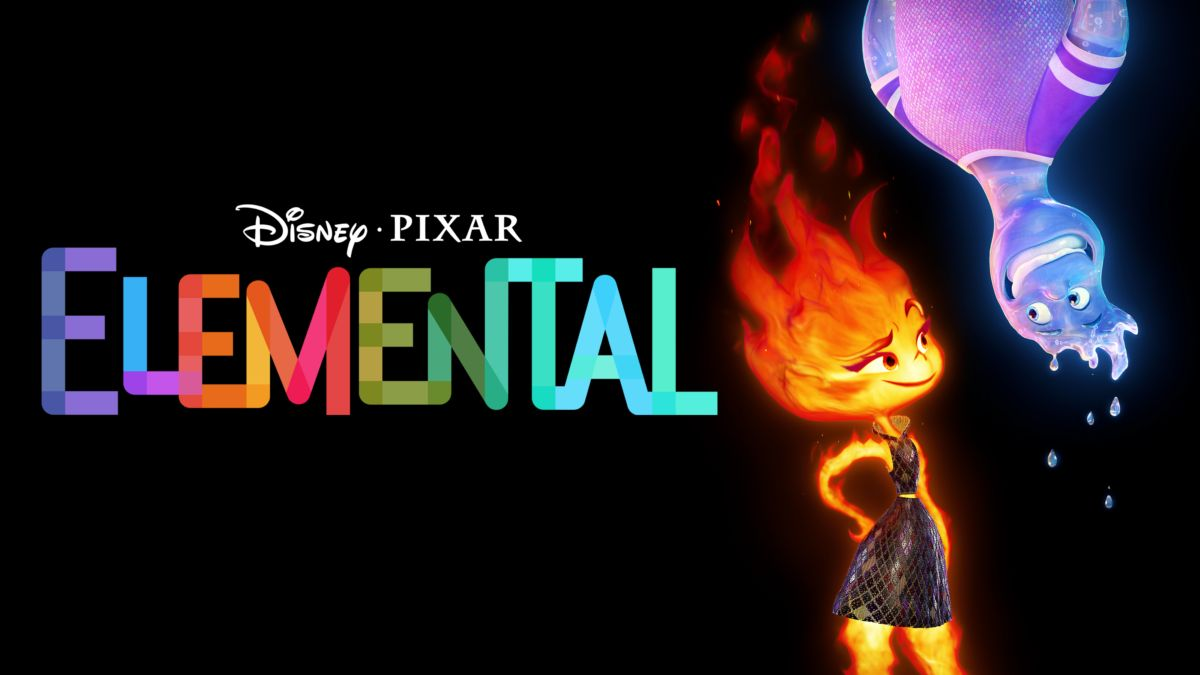
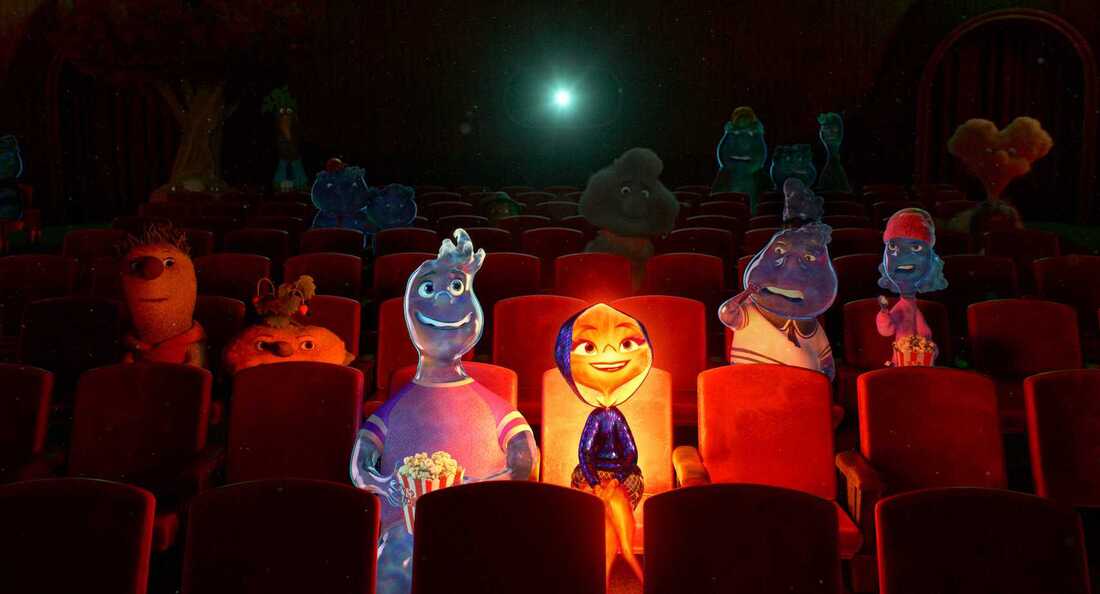
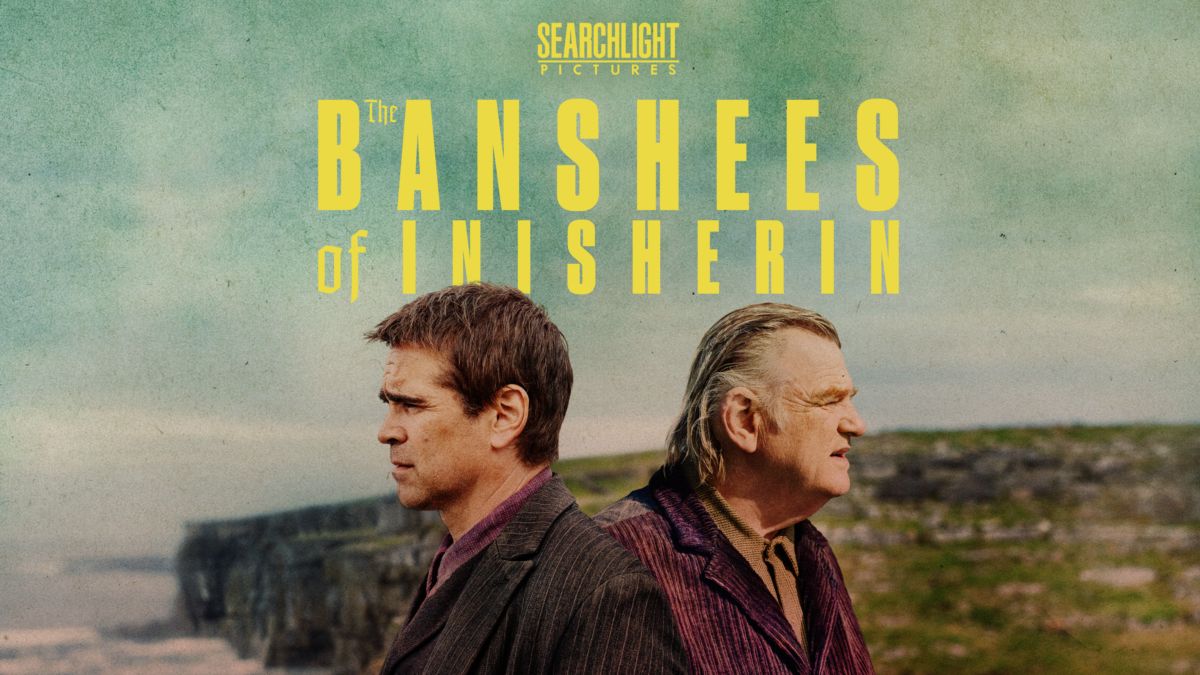
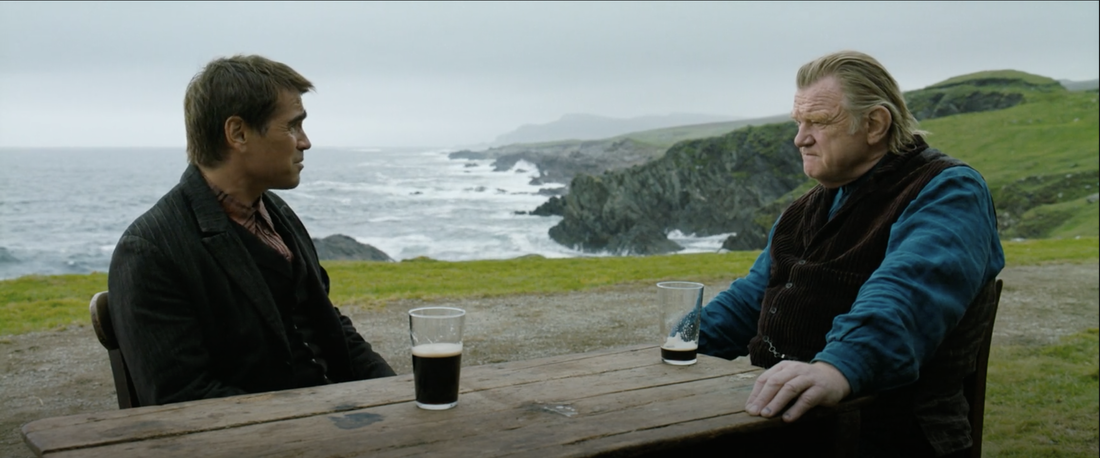
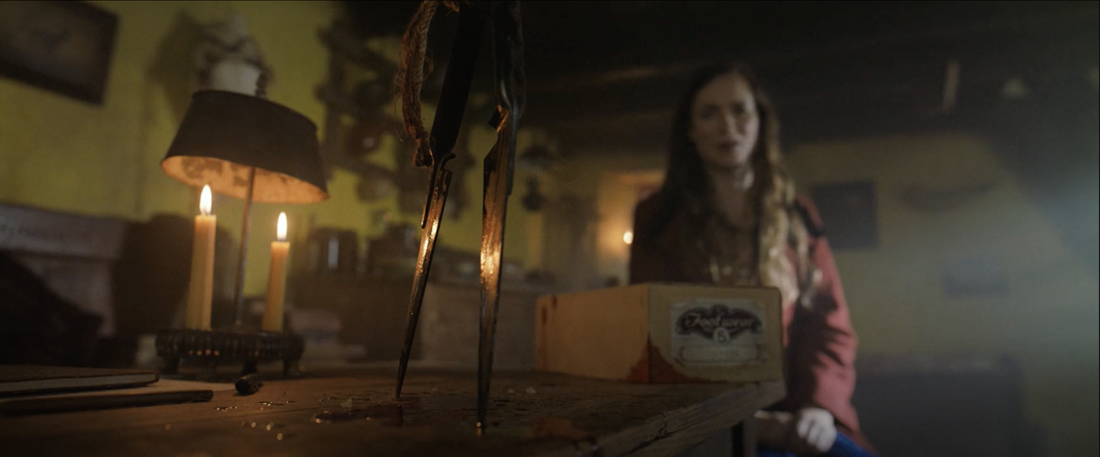
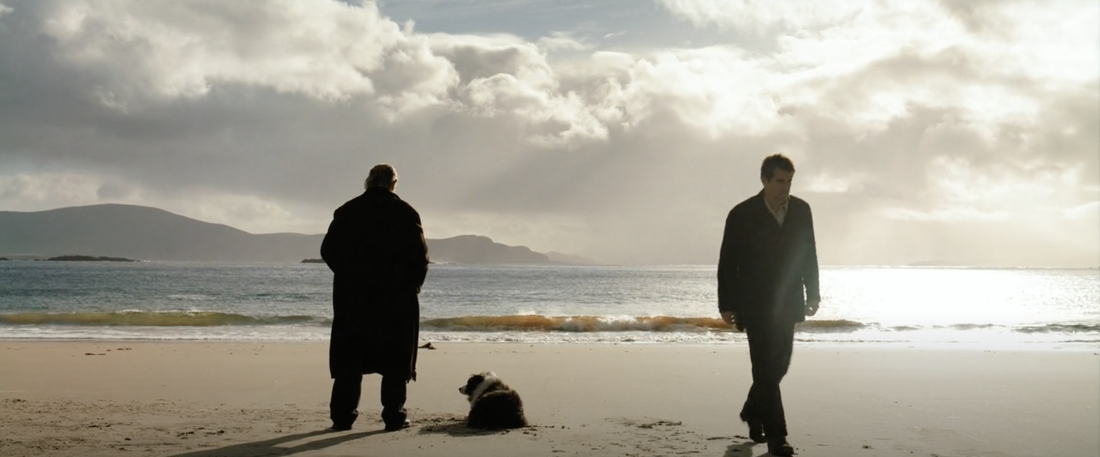
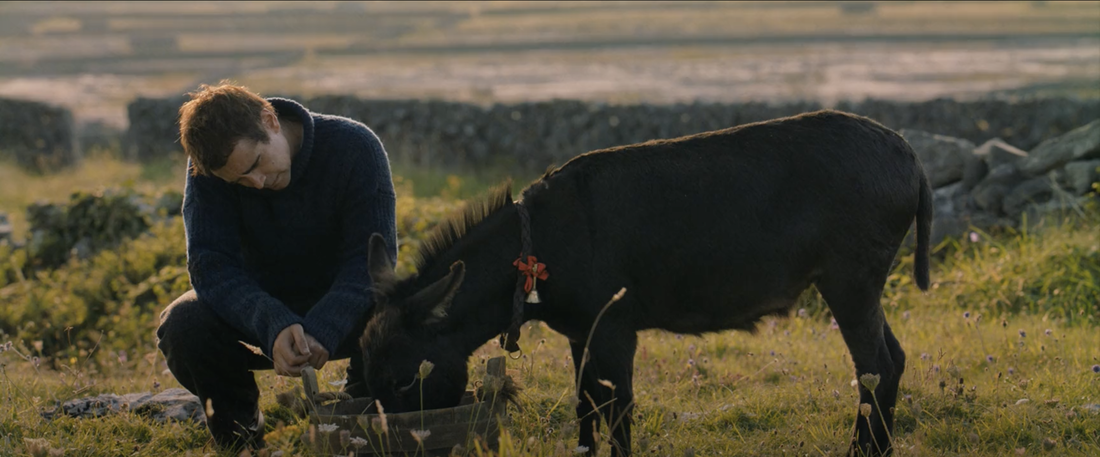
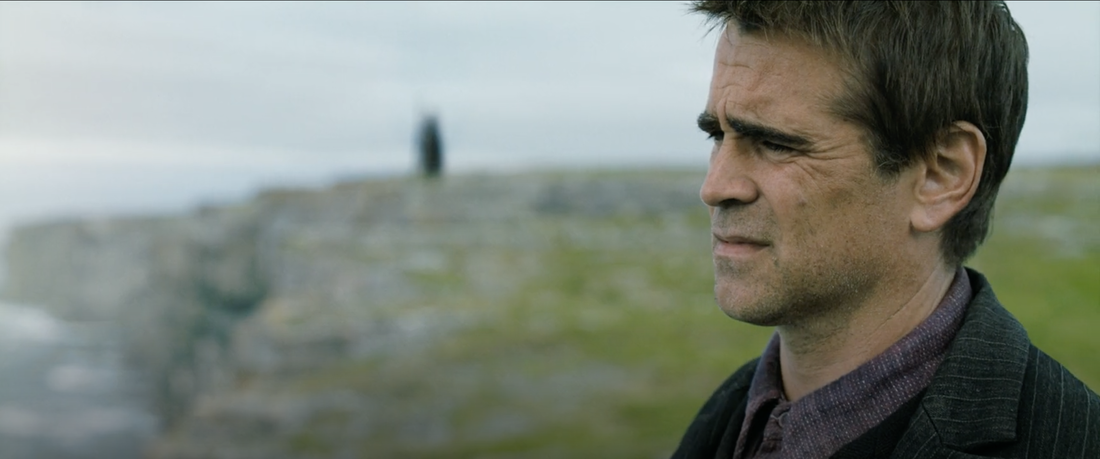
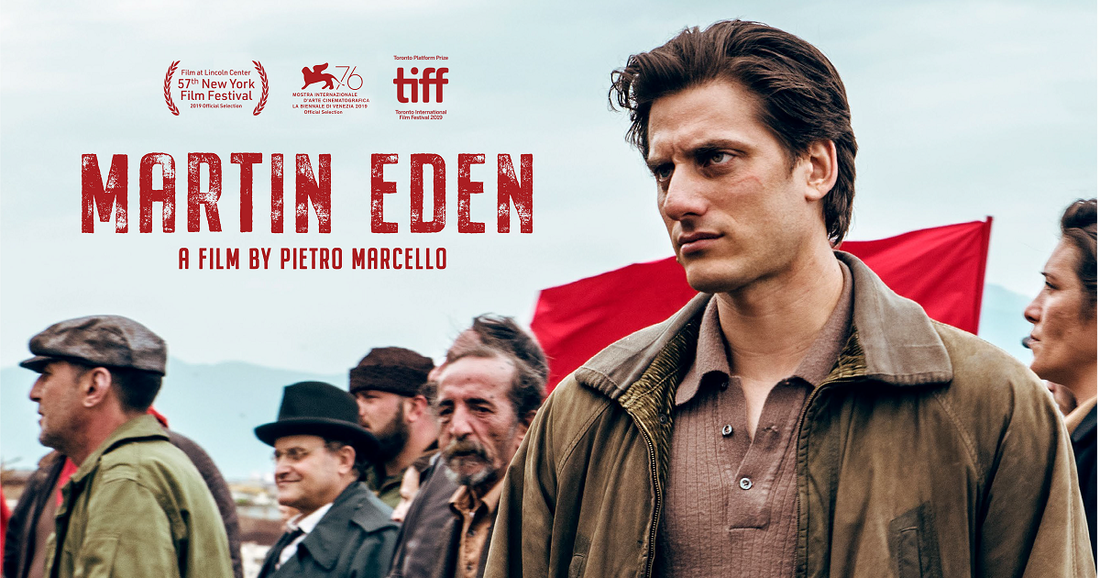
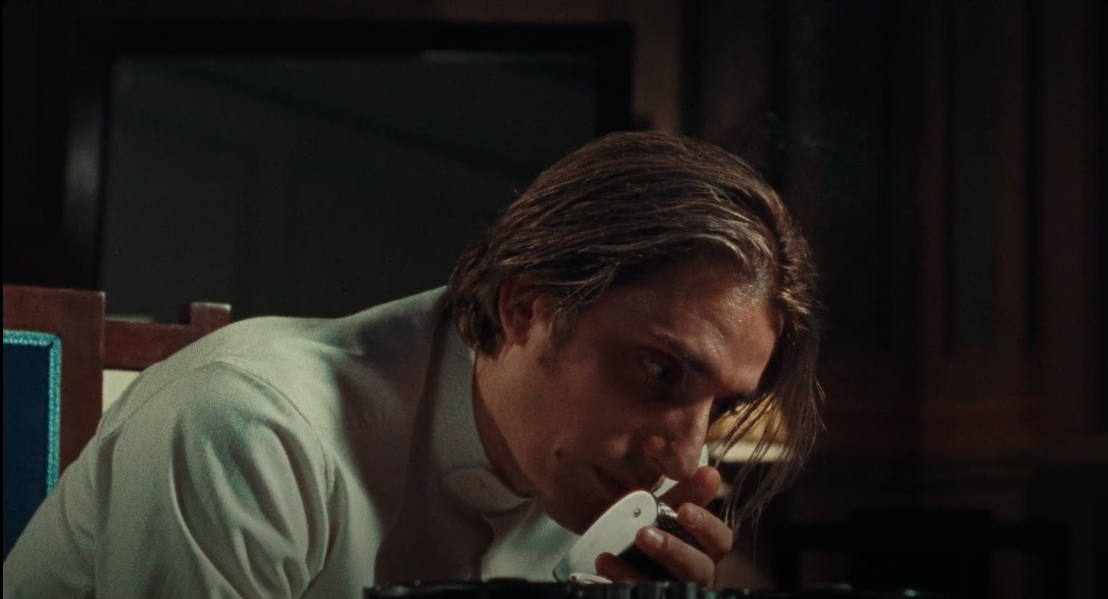
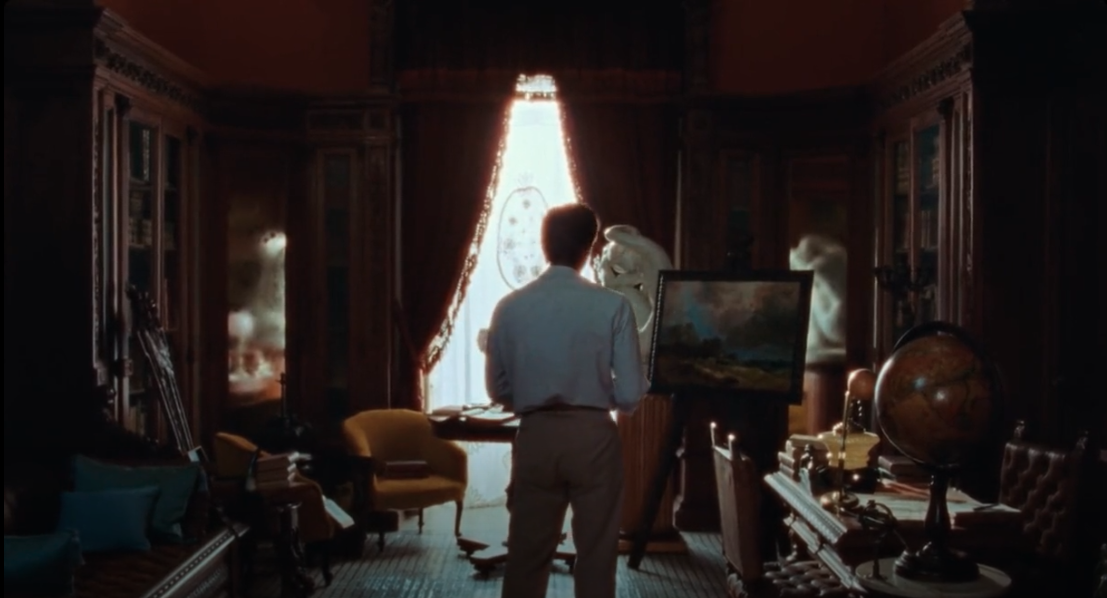
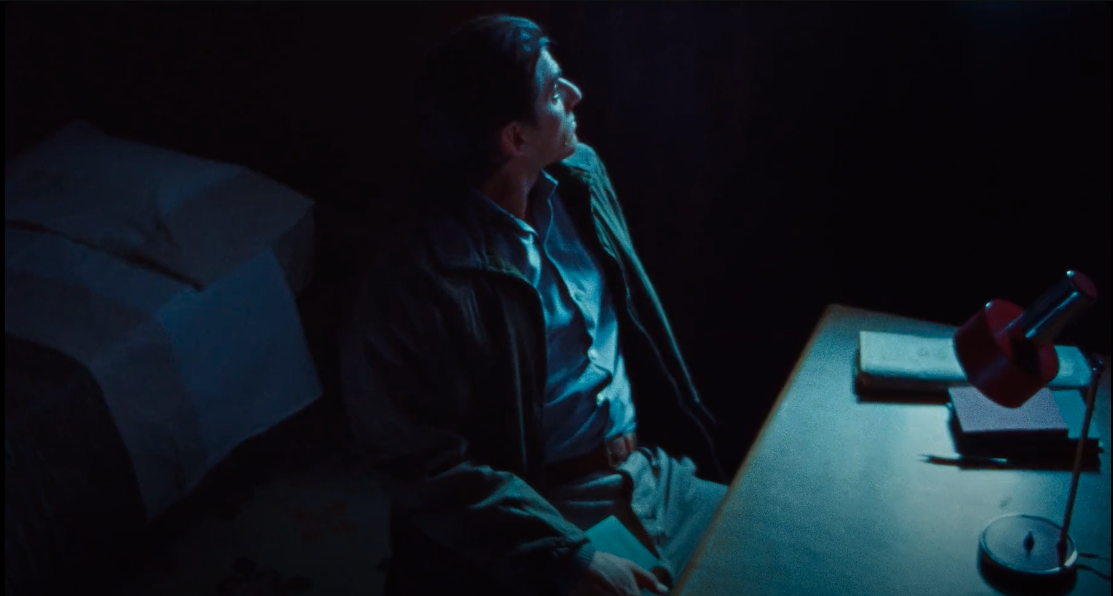
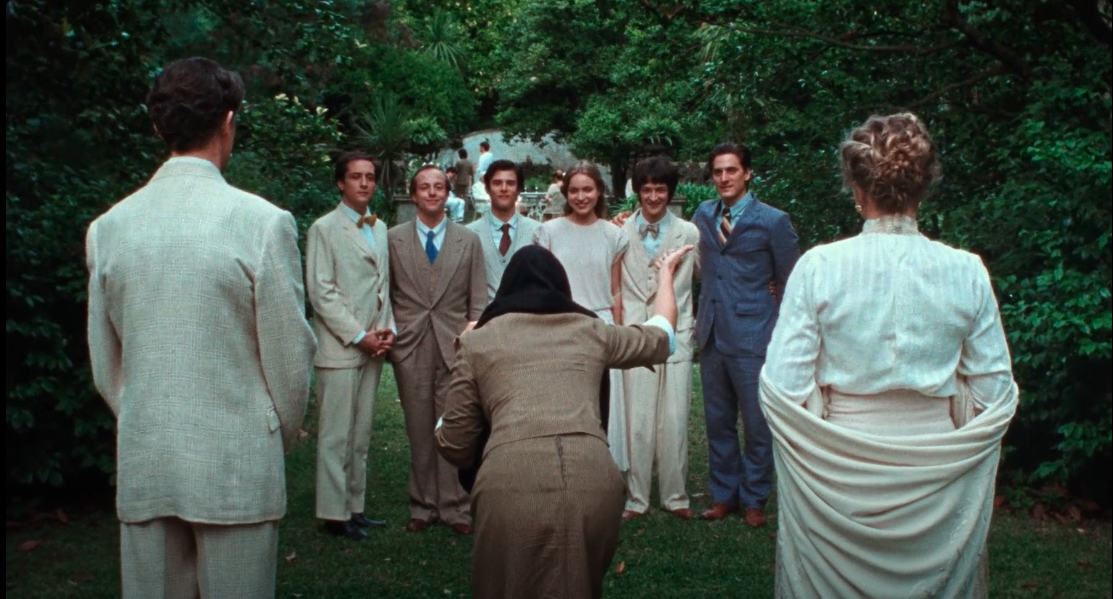
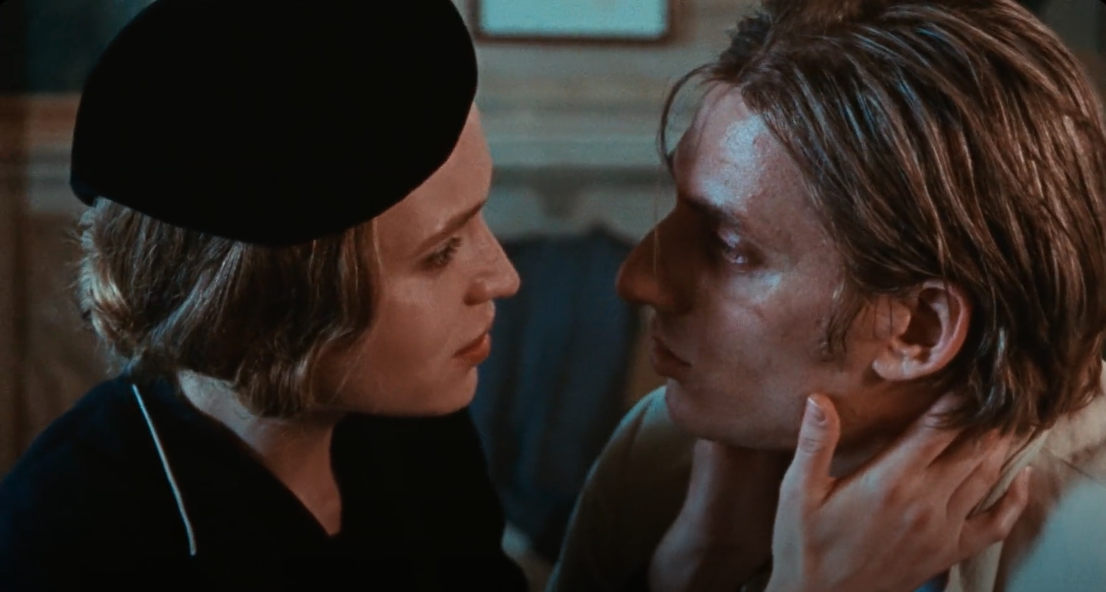
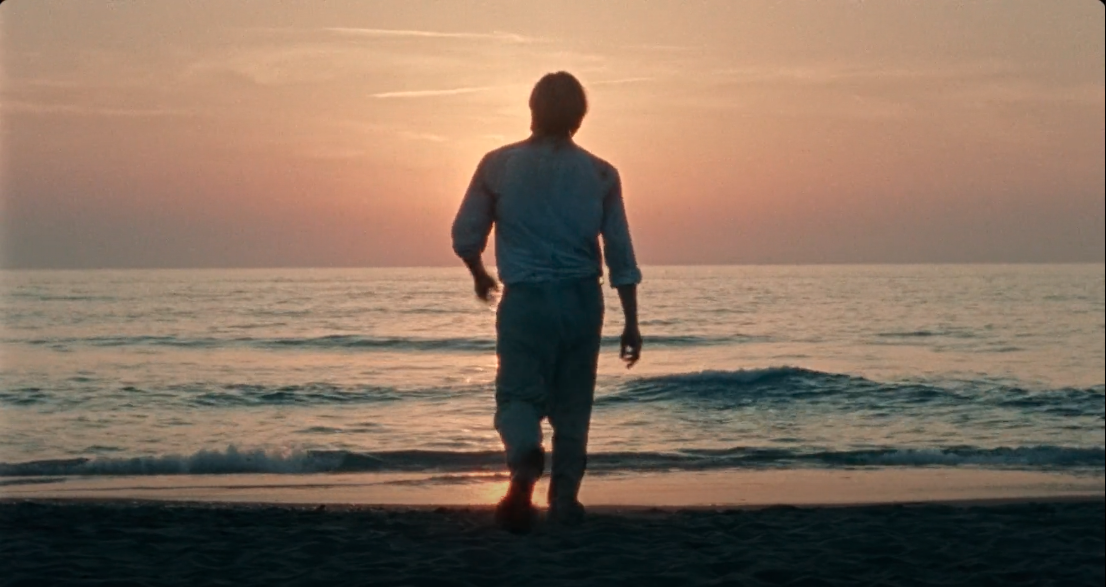
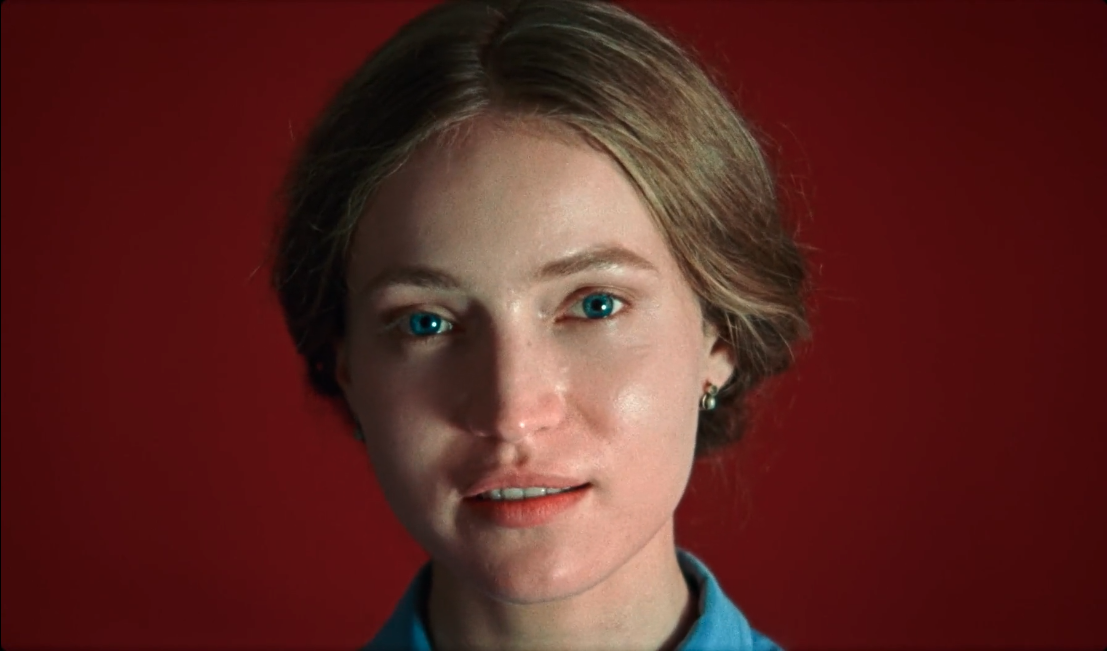
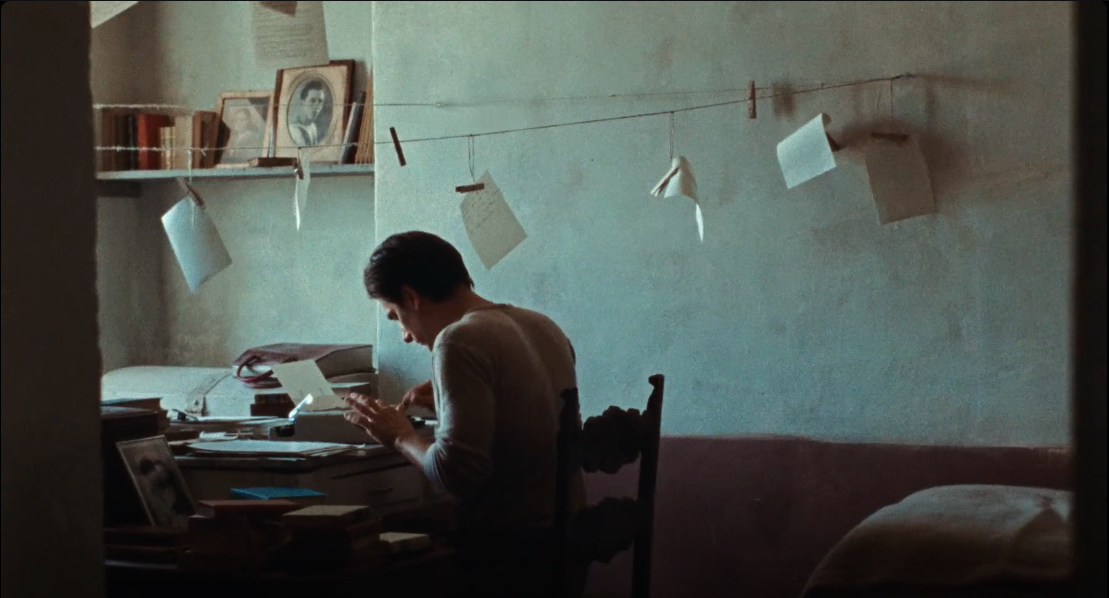
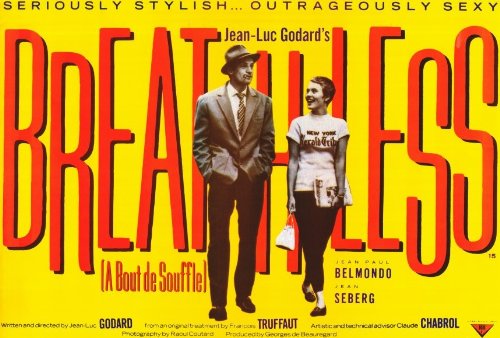
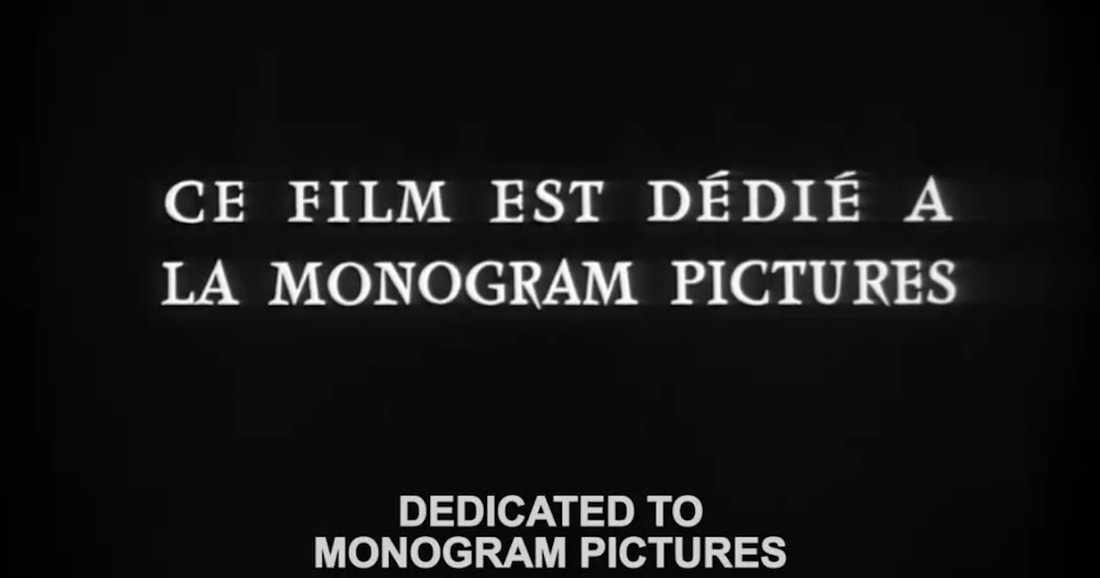
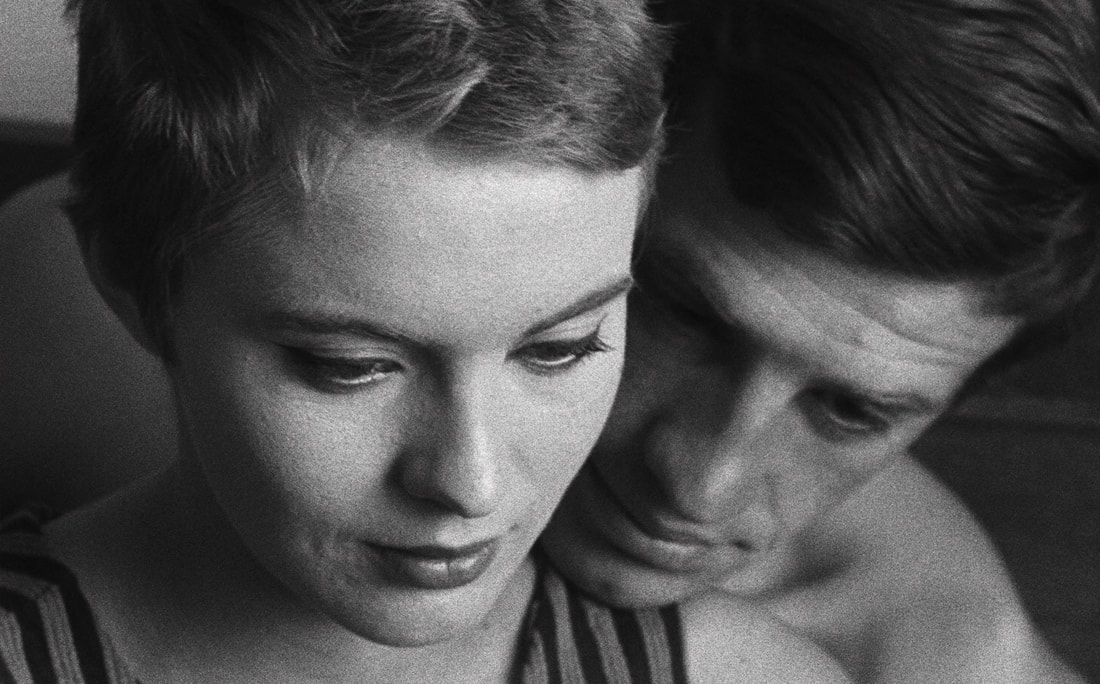
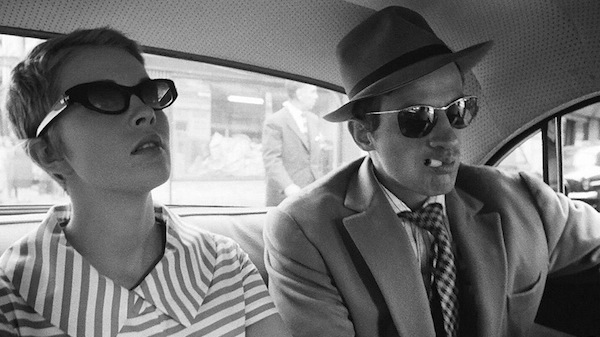
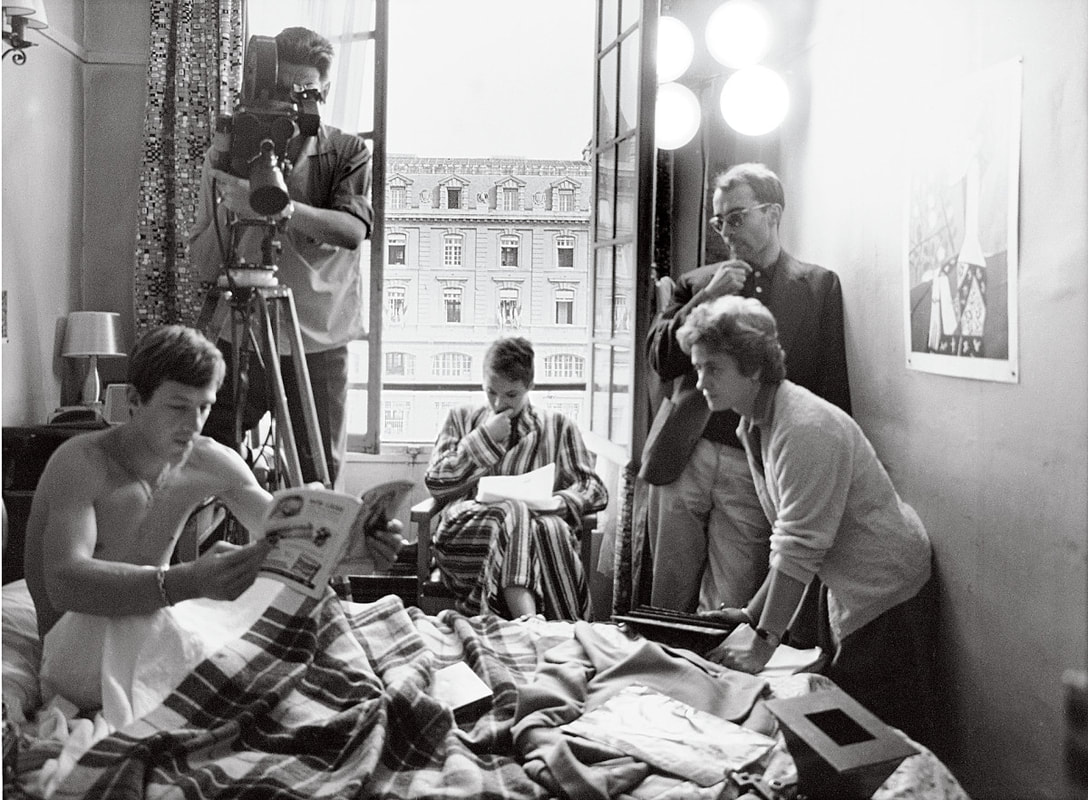
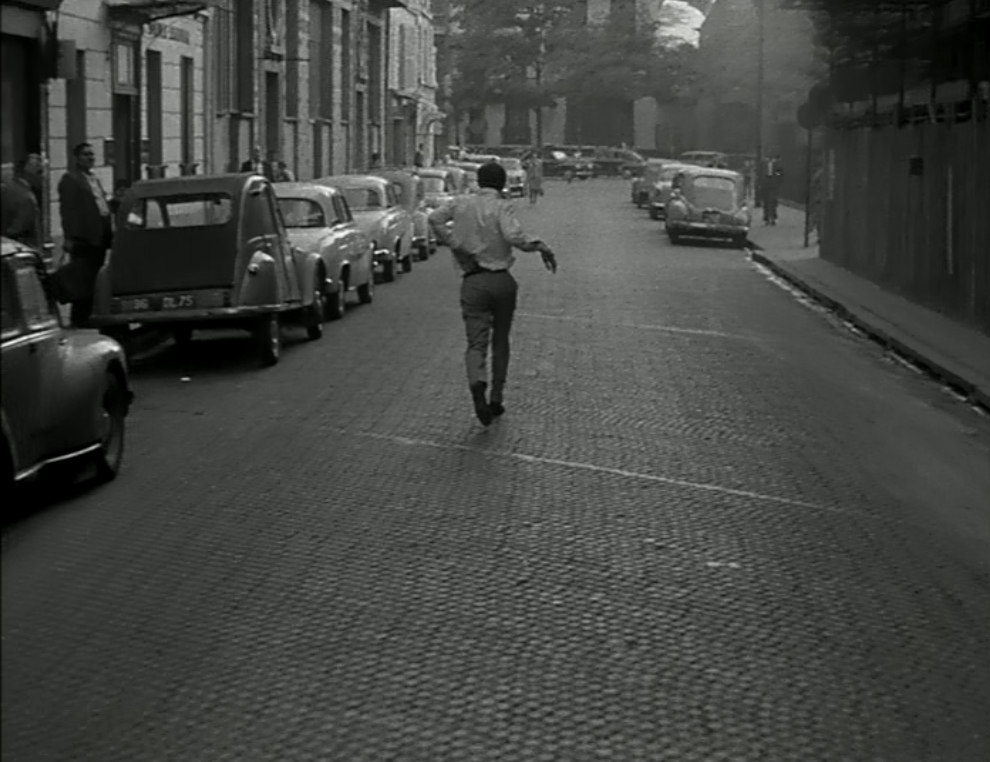
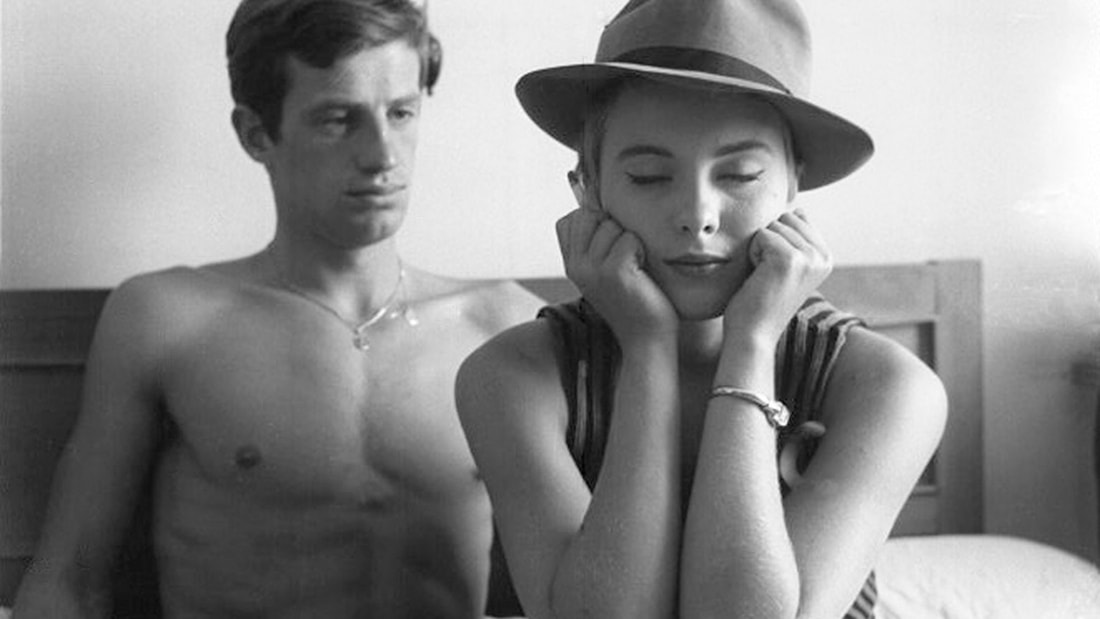

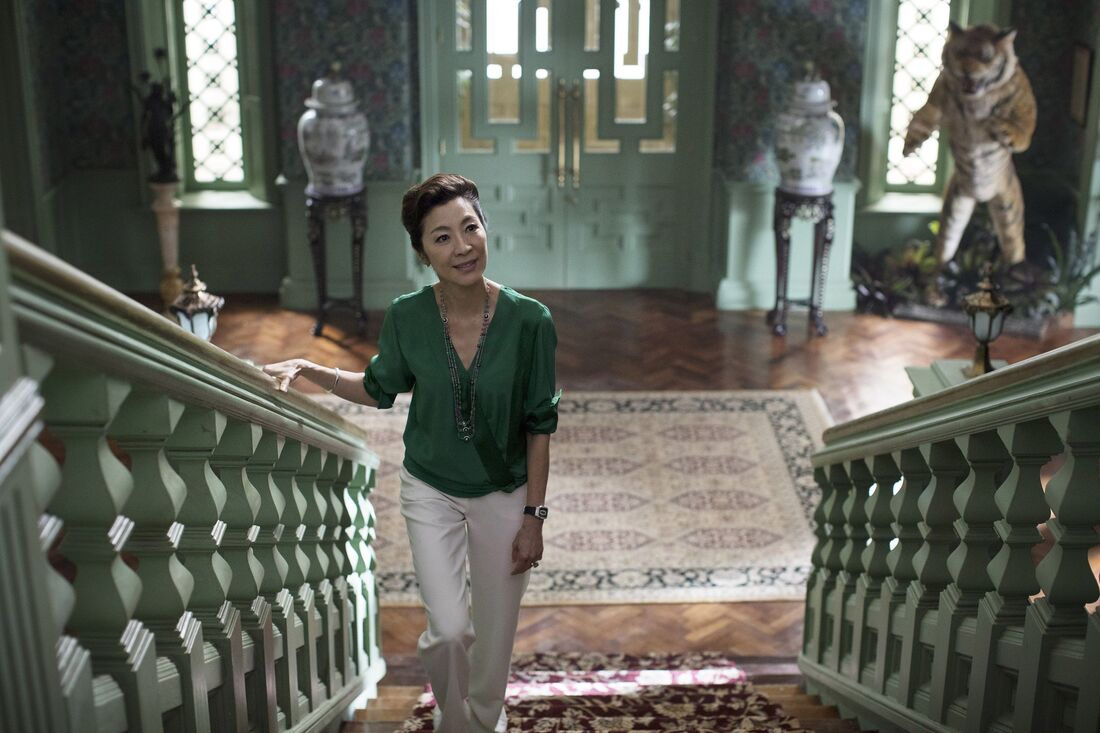
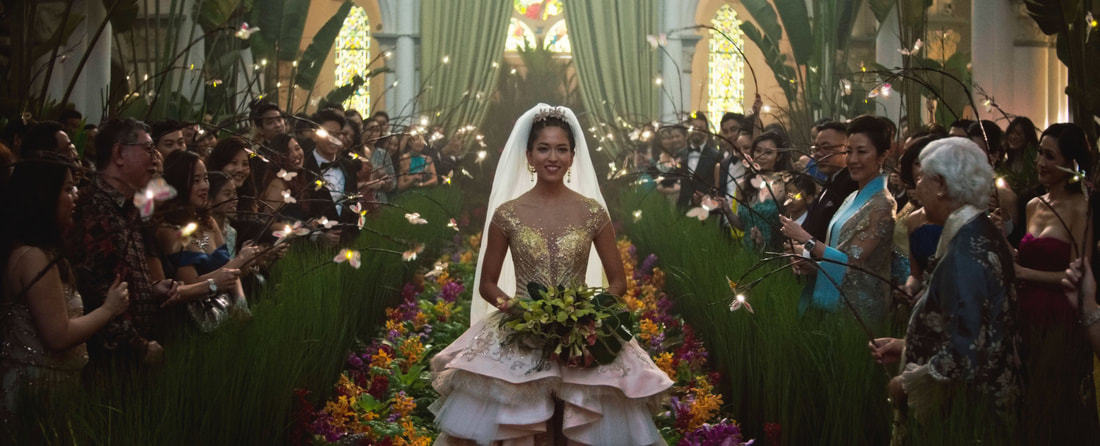
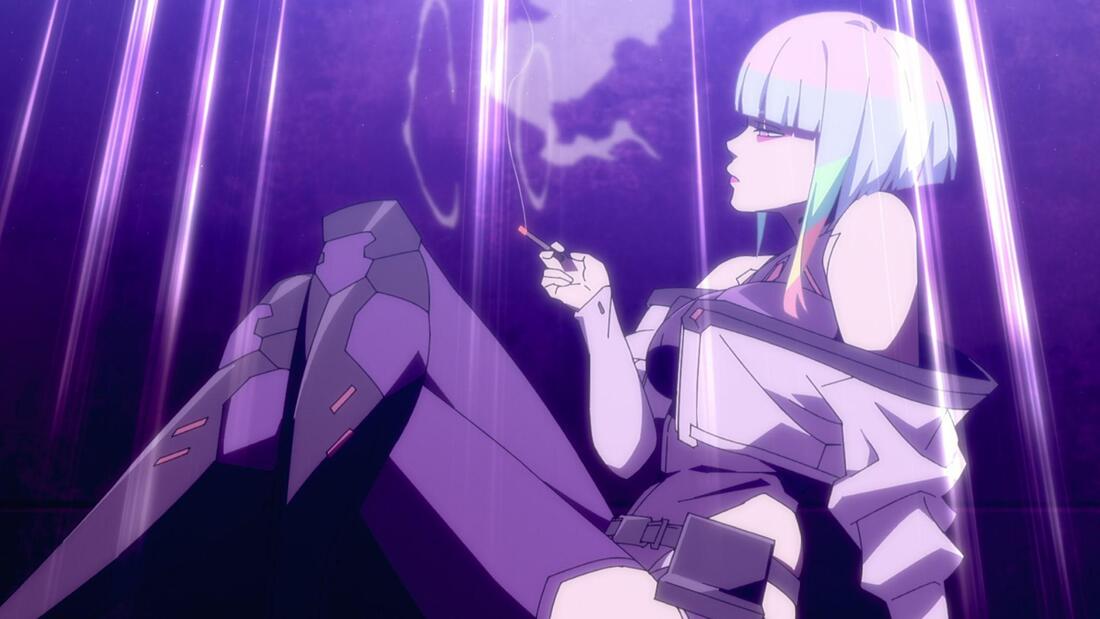



 RSS Feed
RSS Feed
